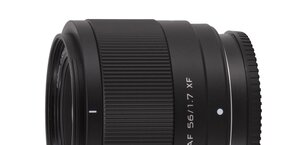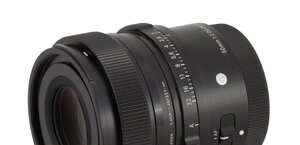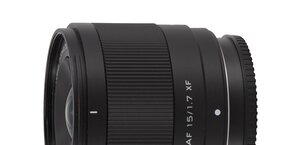Panasonic Leica DG Vario-Elmarit 8-18 mm f/2.8-4 ASPH.
5. Chromatic and spherical aberration
Chromatic aberration
The owners of the Panaleica 8-18 mm don’t have to worry about the longitudinal chromatic aberration. Its very slight influence can be noticed at the maximum relative aperture but even there it remains insignificant. On stopping down the aperture the situation improves significantly. |
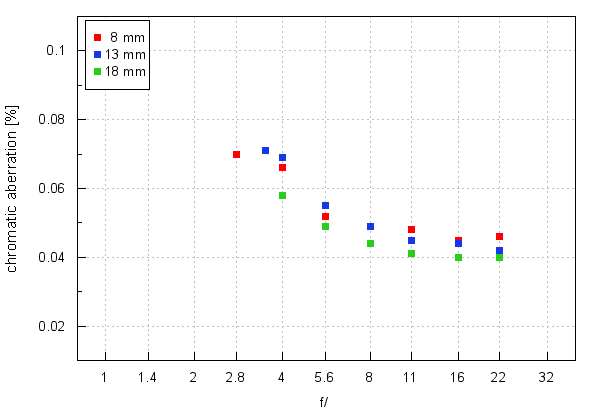
Please Support UsIf you enjoy our reviews and articles, and you want us to continue our work please, support our website by donating through PayPal. The funds are going to be used for paying our editorial team, renting servers, and equipping our testing studio; only that way we will be able to continue providing you interesting content for free. |
- - - - - - - - - - - - - - - - - - - - - - - - - - - - - - - - - - - - - - - - - - - - - - - -
You have to admit the performance is very good indeed. The highest level of the aberration can be observed in an area close to the maximum relative aperture where, at all focal lengths, it keeps to a level of 0.06-0.07%. These are values we consider to be low. What’s more, on stopping down the aperture the aberration level decreases, reaching near 0.04%. As you see, no matter what focal length or aperture you apply, the lateral chromatic aberration shouldn’t bother you in real life photos. A round of applause!
| E-M5 II, RAW, 13 mm, f/3.5 | E-M5 II, RAW, 18 mm, f/16.0 |

|

|
Spherical aberration
In first photos of this chapter you can clearly notice that the lens doesn’t have any ‘focus shift’ effect. Circles we got in front of and behind the focus weren’t perhaps completely identical but also they didn’t feature any noticeable differences. It all indicates lack of distinct spherical aberration correction problems.
| Olympus E-M5 II, 18 mm, f/4.0, in front of | Olympus E-M5 II, 18 mm, f/4.0, behind |
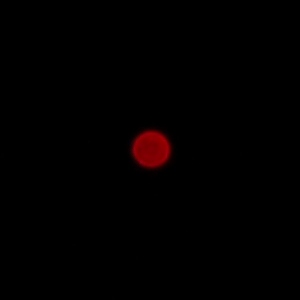
|
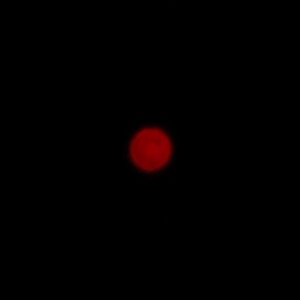
|




